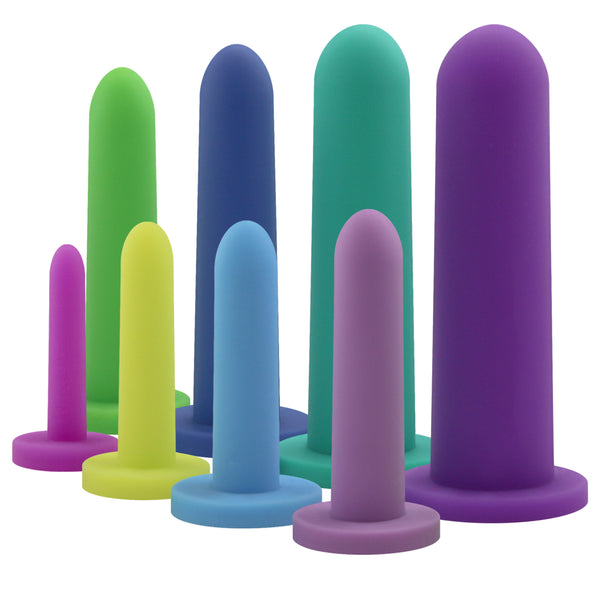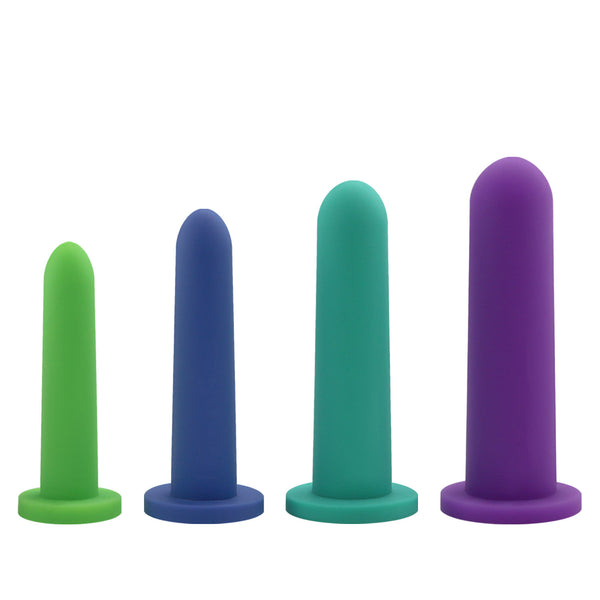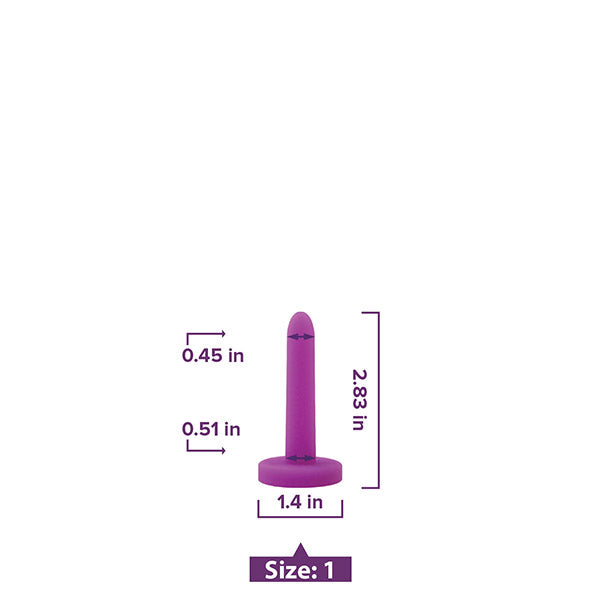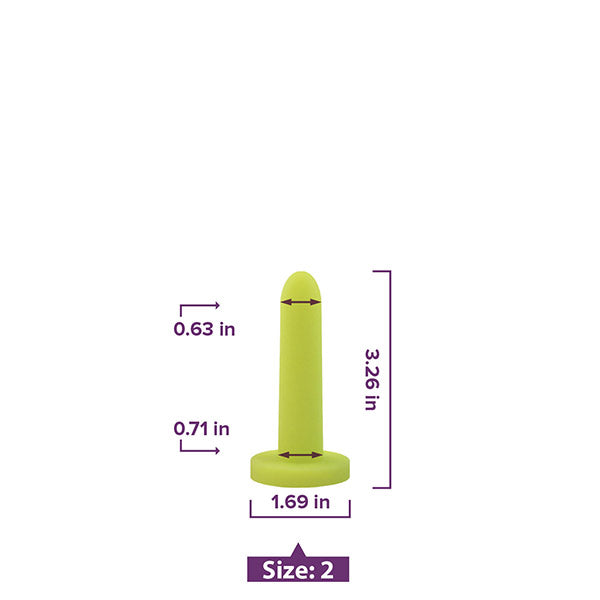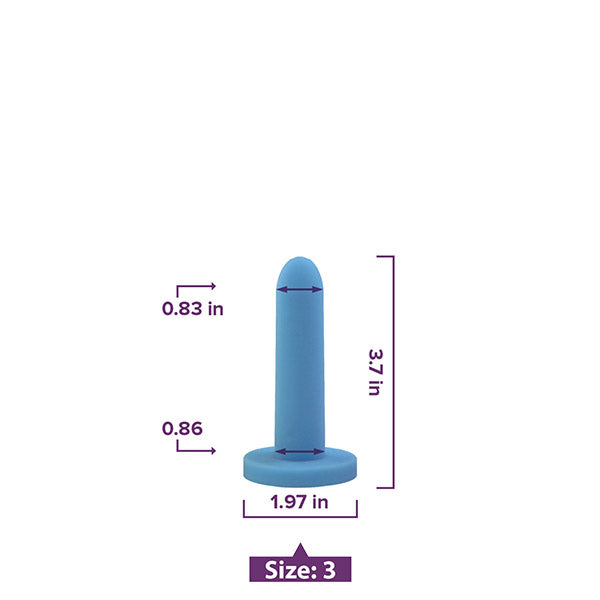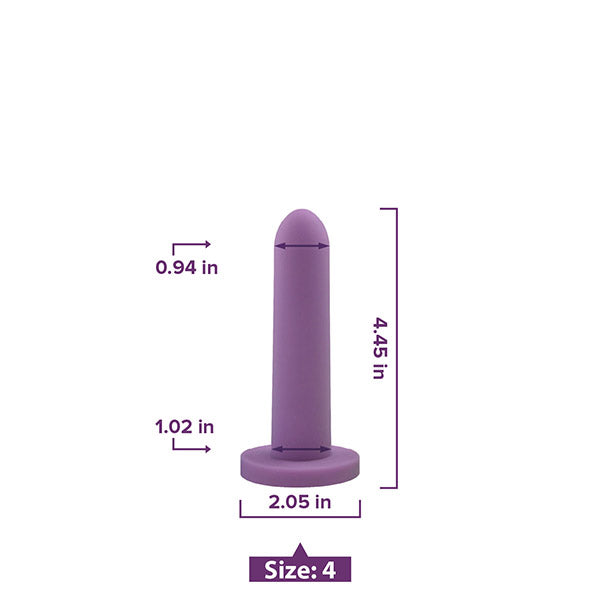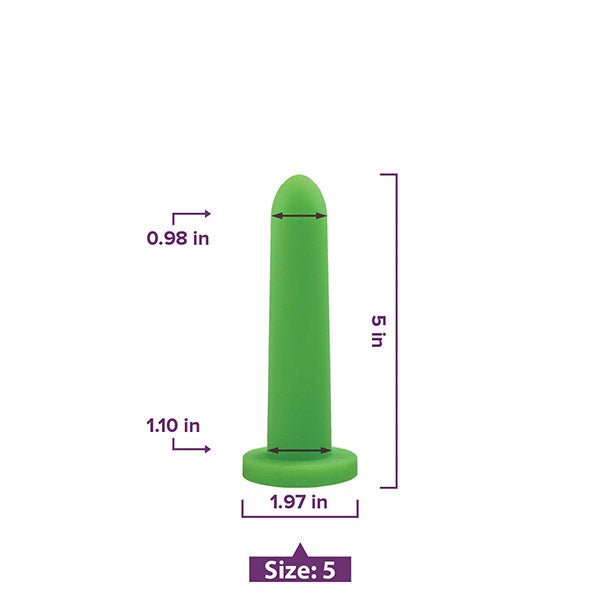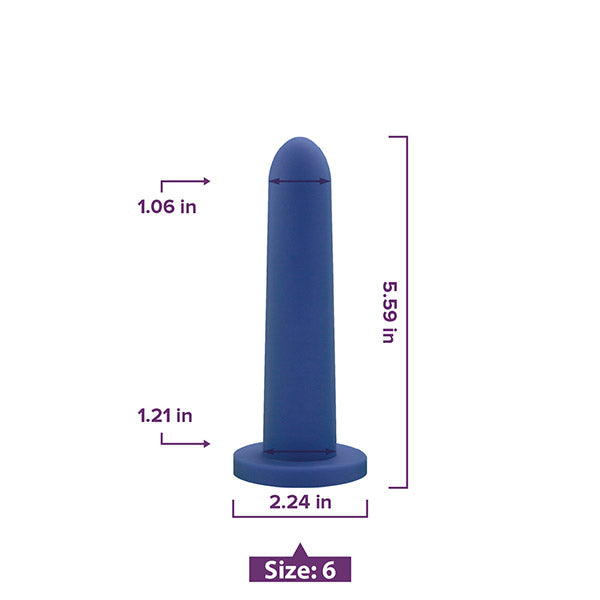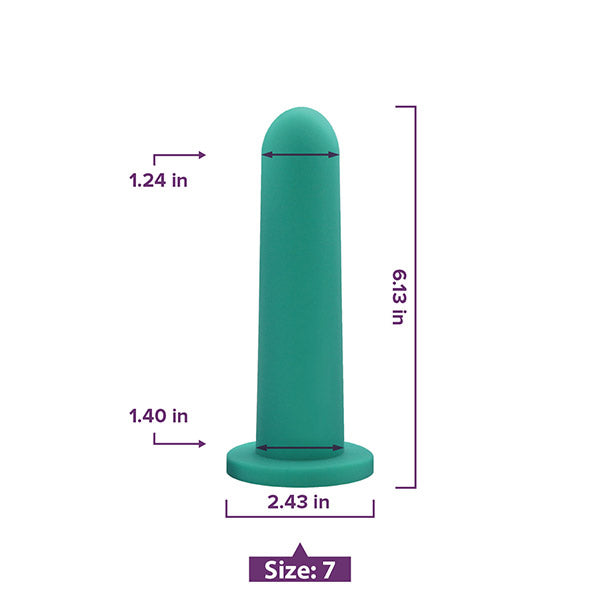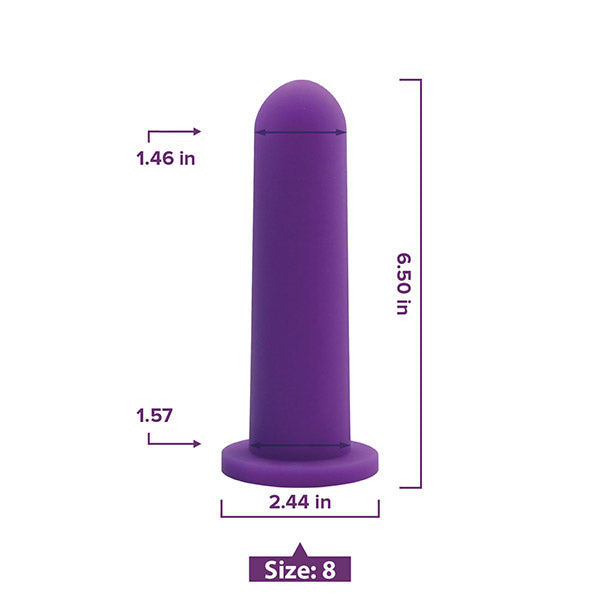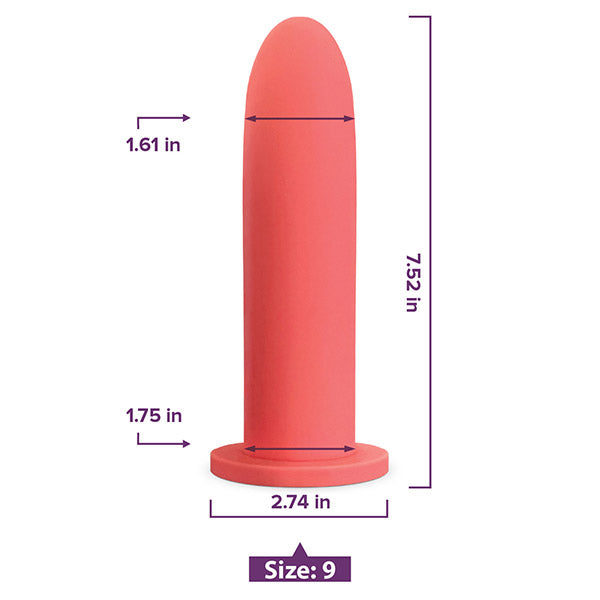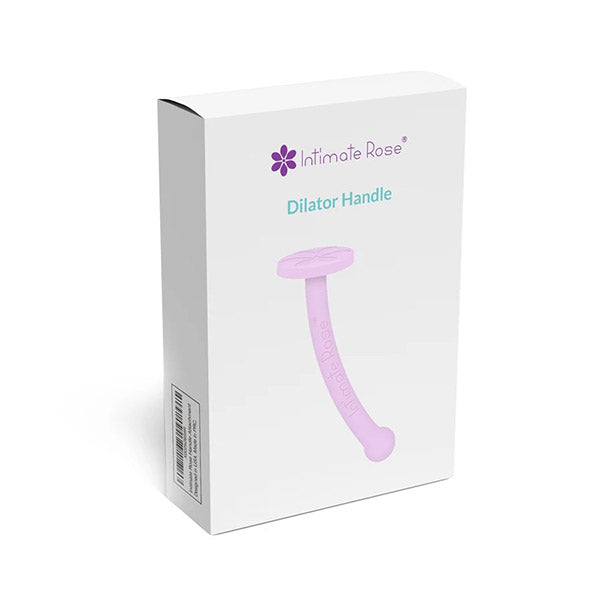Conditions of chronic pelvic pain are often caused by tightness in the pelvic floor. As many as one in seven people suffer from chronic pelvic pain, often spending years trying to receive a proper explanation and diagnosis for their pain.
The pelvic floor muscles, the sling-like group of muscles that support the pelvic organs, can become tight or restricted for various reasons. In some instances, the restriction in the pelvic floor muscles is caused by poor posture, a fall, injury, surgery, or emotional trauma.
Stress can cause people to clench the pelvic floor in a subconscious protectionary manner, leading to trigger points, or knots, in the pelvic floor muscles.
The good news is that it is possible to release the muscles by using gentle pelvic floor stretches and practicing relaxing the pelvic floor.
45-Min Online Pelvic Therapy Session, $99 
What is Pelvic Floor Release?
Pelvic floor release refers to a range of therapeutic techniques aimed at relaxing and relieving tension in the pelvic floor muscles. Dr. Amanda Olson explains in more detail below.
Why Is It Important?
An overactive or tight pelvic floor can disrupt normal function and contribute to conditions like:
- Chronic Pelvic Pain: Persistent pain in the lower abdomen, pelvis, or perineum.
- Dyspareunia: Painful sexual intercourse.
- Urinary Issues: Urgency, frequency, or difficulty initiating urination.
- Bowel Problems: Constipation or straining during bowel movements.
Pelvic Floor Release Stretches
Gentle stretches or poses commonly used in yoga are helpful in releasing or relaxing the pelvic floor.
When the stretches are coupled with relaxed breathing, it is possible to learn to observe when the muscles have become clenched and to consciously relax to them to avoid a flare-up in pelvic pain.
Exercises to Release the Pelvic Floor Muscles
The best exercises for pelvic floor release focus on stretching, relaxing, and balancing the pelvic floor muscles. These exercises are gentle and designed to reduce tension, improve flexibility, and enhance control over the pelvic muscles. Below are some of the most effective exercises:
1. Diaphragmatic Breathing (Deep Belly Breathing)
This exercise helps relax both the diaphragm and pelvic floor muscles, creating a natural rhythm of expansion and contraction.
2. Child’s Pose (Balasana)
This yoga pose gently stretches the lower back, hips, and pelvic floor, promoting relaxation.
3. Happy Baby Pose (Ananda Balasana)
This pose helps stretch the pelvic floor muscles, hips, and lower back.
4. Supported Deep Squat (Malasana)
A deep squat can help stretch and lengthen the pelvic floor muscles.
5. Pelvic Tilts
This exercise can gently mobilize the pelvis and help release tight pelvic floor muscles.
6. Butterfly Stretch (Bound Angle Pose)
This stretch opens the hips and pelvis, gently releasing tension in the pelvic floor.
7. Cat-Cow Stretch
This dynamic movement stretches the entire spine, hips, and pelvis, promoting relaxation in the pelvic floor.
8. Legs-Up-the-Wall Pose (Viparita Karani)
This restorative pose relaxes the pelvic muscles and promotes circulation.
9. Happy Cat/Cow Stretch with Pelvic Floor Focus
This variation of the traditional cat-cow adds a pelvic floor awareness.
10. Piriformis Stretch
This stretch targets the piriformis muscle, which is closely connected to the pelvic floor and can become tight.
FAQs
What are the symptoms of a tight pelvic floor?
Symptoms of a tight pelvic floor include chronic pelvic pain, difficulty with urination or bowel movements, pain during sexual intercourse, and lower back pain. These symptoms are caused by persistent tension in the pelvic floor muscles, which can interfere with normal bodily functions.
How do I know if I'm clenching my pelvic floor?
Signs of clenching your pelvic floor include a sensation of tightness in the pelvic area, trouble starting to urinate or defecate, and discomfort during sexual activity. Increased body awareness and consultation with a pelvic floor physical therapist can help identify this condition.
What does releasing the pelvic floor do?
Releasing the pelvic floor alleviates muscle tension, improves urinary and bowel function, and reduces pelvic pain. It also facilitates sexual activity and promotes overall physical well-being.
How do you release your own pelvic floor?
You can release your pelvic floor by practicing diaphragmatic breathing, performing specific stretches like Child’s Pose, and using specific tools to massage tender points. Consulting a pelvic floor physical therapist is recommended for personalized guidance.
What position opens your pelvic floor?
Positions like the deep squat stretch and "happy baby" pose help open and release the hips and pelvis, facilitating pelvic floor relaxation.
Do squats help the pelvic floor?
Squats, when performed correctly, can strengthen pelvic floor muscles and improve pelvic stability. However, proper technique is essential to avoid excessive strain.
Can you massage your pelvic floor?
Yes, massaging your pelvic floor using tools can help release trigger points and reduce discomfort. It’s advisable to seek guidance from a healthcare professional before starting.
How long does it take to release pelvic floor?
The time it takes to release the pelvic floor depends on the severity of tension and consistency of practice. With regular and proper exercises, significant improvements can often be seen within a few weeks.
What is the best sleeping position for tight pelvic floor?
Sleeping in a fetal position or with a pillow between your knees can help reduce pelvic floor tension and promote relaxation during rest.
What is a vaginal dilator?
A vaginal dilator is a medical device shaped to resemble a tampon or dildo gently tapered towards the insertion point to make initial penetration easier. They are made from medical-grade materials engineered to be comfortable and gentle on the surrounding tissue and are available in a broad range of sizes and lengths.

Conditions of chronic pelvic pain are often caused by tightness in the pelvic floor. As many as one in seven people suffer from chronic pelvic pain, often spending years trying to receive a proper explanation and diagnosis for their pain.
The pelvic floor muscles, the sling-like group of muscles that support the pelvic organs, can become tight or restricted for various reasons. In some instances, the restriction in the pelvic floor muscles is caused by poor posture, a fall, injury, surgery, or emotional trauma.
Stress can cause people to clench the pelvic floor in a subconscious protectionary manner, leading to trigger points, or knots, in the pelvic floor muscles.
The good news is that it is possible to release the muscles by using gentle pelvic floor stretches and practicing relaxing the pelvic floor.
45-Min Online Pelvic Therapy Session, $99 
What is Pelvic Floor Release?
Pelvic floor release refers to a range of therapeutic techniques aimed at relaxing and relieving tension in the pelvic floor muscles. Dr. Amanda Olson explains in more detail below.
Why Is It Important?
An overactive or tight pelvic floor can disrupt normal function and contribute to conditions like:
- Chronic Pelvic Pain: Persistent pain in the lower abdomen, pelvis, or perineum.
- Dyspareunia: Painful sexual intercourse.
- Urinary Issues: Urgency, frequency, or difficulty initiating urination.
- Bowel Problems: Constipation or straining during bowel movements.
Pelvic Floor Release Stretches
Gentle stretches or poses commonly used in yoga are helpful in releasing or relaxing the pelvic floor.
When the stretches are coupled with relaxed breathing, it is possible to learn to observe when the muscles have become clenched and to consciously relax to them to avoid a flare-up in pelvic pain.
Exercises to Release the Pelvic Floor Muscles
The best exercises for pelvic floor release focus on stretching, relaxing, and balancing the pelvic floor muscles. These exercises are gentle and designed to reduce tension, improve flexibility, and enhance control over the pelvic muscles. Below are some of the most effective exercises:
1. Diaphragmatic Breathing (Deep Belly Breathing)
This exercise helps relax both the diaphragm and pelvic floor muscles, creating a natural rhythm of expansion and contraction.
2. Child’s Pose (Balasana)
This yoga pose gently stretches the lower back, hips, and pelvic floor, promoting relaxation.
3. Happy Baby Pose (Ananda Balasana)
This pose helps stretch the pelvic floor muscles, hips, and lower back.
4. Supported Deep Squat (Malasana)
A deep squat can help stretch and lengthen the pelvic floor muscles.
5. Pelvic Tilts
This exercise can gently mobilize the pelvis and help release tight pelvic floor muscles.
6. Butterfly Stretch (Bound Angle Pose)
This stretch opens the hips and pelvis, gently releasing tension in the pelvic floor.
7. Cat-Cow Stretch
This dynamic movement stretches the entire spine, hips, and pelvis, promoting relaxation in the pelvic floor.
8. Legs-Up-the-Wall Pose (Viparita Karani)
This restorative pose relaxes the pelvic muscles and promotes circulation.
9. Happy Cat/Cow Stretch with Pelvic Floor Focus
This variation of the traditional cat-cow adds a pelvic floor awareness.
10. Piriformis Stretch
This stretch targets the piriformis muscle, which is closely connected to the pelvic floor and can become tight.
FAQs
What are the symptoms of a tight pelvic floor?
Symptoms of a tight pelvic floor include chronic pelvic pain, difficulty with urination or bowel movements, pain during sexual intercourse, and lower back pain. These symptoms are caused by persistent tension in the pelvic floor muscles, which can interfere with normal bodily functions.
How do I know if I'm clenching my pelvic floor?
Signs of clenching your pelvic floor include a sensation of tightness in the pelvic area, trouble starting to urinate or defecate, and discomfort during sexual activity. Increased body awareness and consultation with a pelvic floor physical therapist can help identify this condition.
What does releasing the pelvic floor do?
Releasing the pelvic floor alleviates muscle tension, improves urinary and bowel function, and reduces pelvic pain. It also facilitates sexual activity and promotes overall physical well-being.
How do you release your own pelvic floor?
You can release your pelvic floor by practicing diaphragmatic breathing, performing specific stretches like Child’s Pose, and using specific tools to massage tender points. Consulting a pelvic floor physical therapist is recommended for personalized guidance.
What position opens your pelvic floor?
Positions like the deep squat stretch and "happy baby" pose help open and release the hips and pelvis, facilitating pelvic floor relaxation.
Do squats help the pelvic floor?
Squats, when performed correctly, can strengthen pelvic floor muscles and improve pelvic stability. However, proper technique is essential to avoid excessive strain.
Can you massage your pelvic floor?
Yes, massaging your pelvic floor using tools can help release trigger points and reduce discomfort. It’s advisable to seek guidance from a healthcare professional before starting.
How long does it take to release pelvic floor?
The time it takes to release the pelvic floor depends on the severity of tension and consistency of practice. With regular and proper exercises, significant improvements can often be seen within a few weeks.
What is the best sleeping position for tight pelvic floor?
Sleeping in a fetal position or with a pillow between your knees can help reduce pelvic floor tension and promote relaxation during rest.

45-Min Online Pelvic Therapy Session, $99




